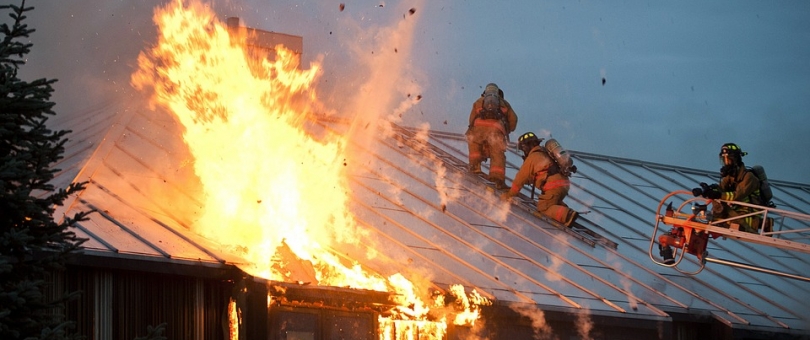Every year, more than 100,000 fire cases are reported across the country, resulting in thousands of injuries and billions of property loss. It is rightly said that “Fire is a good servant, but, a bad master.”
As long as we keep the fire in check, it helps us in various daily needs for cooking, lighting, heating purposes, etc. But, once it gets out of hands, it can cause unimaginable havoc.
Sometimes, it becomes inevitable to avoid fire accidents, but, as we know, prevention is always better than cure. So, today we’re going to educate you about different types of fire, its causes and various fire damage restoration tips
Common Causes:
1. Electrical: Fire incidents mainly happen due to short circuit, overloading, etc. It occurs when total current drawn, from all electricity points, exceed the total capacity of the internal wiring. When people move in a new place, they start making electrical changes, without actually knowing the initial capacity. Hence, such incidents occur.
Short-circuit is another such incident which can cause a considerable amount of damage. It happens when due to heating or so, the insulation melts and the two live wires come in contact with each other. It may allow heavy current flow through the wires, causing a fire.
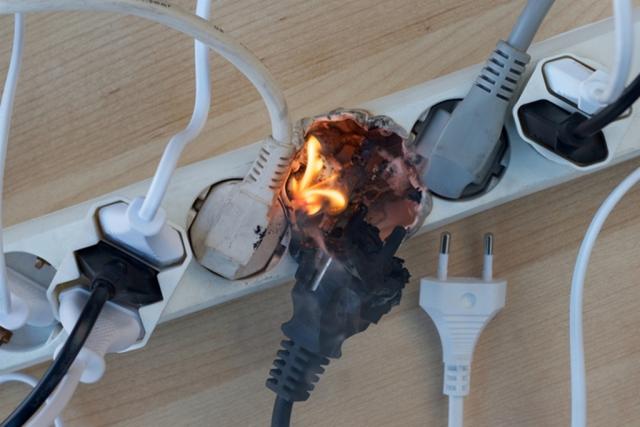
Solution: To avoid overloading, try not to make too many changes to your electric circuits. If you have to get it done, hire a professional and keep the total capacity in mind.
To avoid short-circuits, try to get the internal wiring checked from time to time. Also, install MCBs to cut the current flow systematically.
2. Smoking: A very common thing that we see around these days is a fire caused by smoking. People smoke in different places, but they don’t notice around if that is place is safe for smoking. Smoking around combustible materials could prove to be fatal if the hot ash from the cigarette comes in contact with the material.
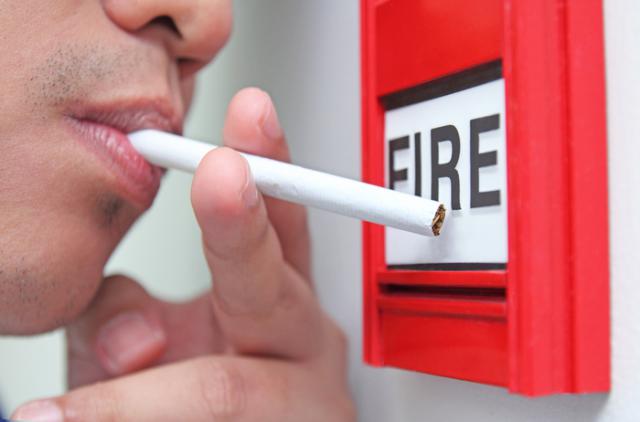
Solution: Very simple, Don’t smoke!
Well, it’s the best solution keeping in mind how harmful smoking is. If you cannot quit, at least, don’t smoke in bed, couch, etc. Always try to stub out the cigarette before throwing away and dispose of the ash properly.
3. Cooking gas: This is one of the most dangerous types of fire outbreak. Leaking gas is highly combustible and can catch fire from even the tiniest of the sparks like using an electrical switch, any burning substance, etc. The leaking gas occupies a vast area in very less time, and if it catches a spark, all the gas will burn within seconds.
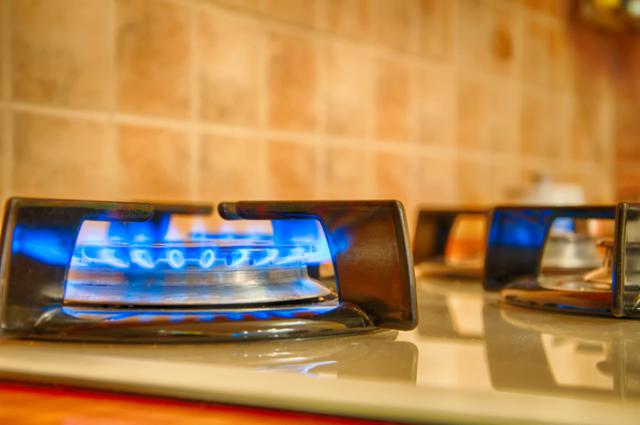
Solution: Gas pipe, regulator joints, burners, etc. should be inspected from time to time to ensure there is no leakage. Gas pipes should be replaced timely. Do not use electrical switches or light fire if you smell LPG near you. Always turn off all the gas regulators when not in use.
4. Cooking oil: Sometimes during cooking, the cooking oil gets scalding and catches fire. It’s a very common incident in big kitchens and pantry areas. However, if not taken care of, this could very well happen at your home also.
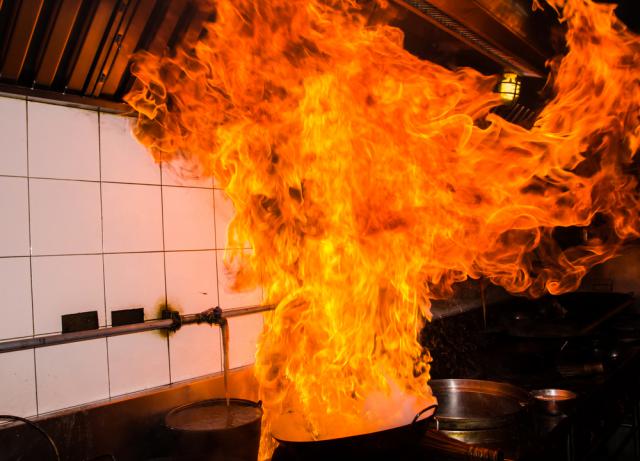
Solution: To avoid such incidents, never keep cooking oil unattended on flames. Avoid keeping alcohol near the cooking area. Keep combustible materials away from hot utensils.
So, these were few very common causes of fire outbreak at your home or office and their very simple preventive measures. Now, let us give you some more useful tips about fire breakouts.
Most of the fire incidents occur during the summer season because the temperature is high in summers. Also due to dryness of leaves in forests, many forest fires also start during this season. During various festivals and events, the use of firecrackers and lights also pose a risk of fire outbreak.
Like we need food to stay alive and functional, fire also requires some elements, which help it to survive. These elements are:
- Fuel
- Oxygen
- Heat
The presence of these three elements, together, is needed for a fire to start and stay alive. Hence, it’s called “Fire Triangle”.
To fight a fire, the best way is to eliminate at least one arm, two in some cases to achieve faster results. Now which arm to eliminate first? Well, it’s a matter of experience and convenience. Always go with the easiest one first.
Coming to the fire fighting part, fire extinguishers play a paramount role in eliminating fire. There are five types of fire extinguishers. We’ll name them and explain each one briefly.
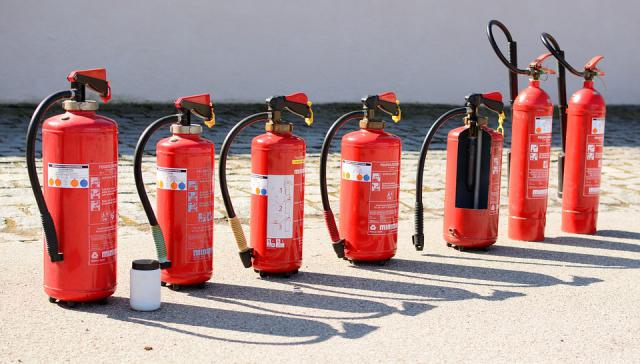
Water Based: Water based extinguishers are very useful for fighting a fire caused by solid material like clothes, junk, wood, paper, etc. The water stream is vapourised by the high temperature while it reduces the latent heat and cuts off the oxygen supply. Hence, eliminating the fire.
Foam Based: Foam based extinguishers should be used for fire caused by oils, petrol, gasoline, etc. The basic working principle is same as for the water based, the only difference is that the foam stays on top of the oil and does not carry it further, causing more damage.
CO2 and CFC Based: Both of these could be used to fight any fire. They do not leave a residue and are safe for all types of fires caused by liquid, electricity, etc. Only cautions are to use it correctly, on the surroundings. Like CO2 based extinguishers produce carbon monoxide, which could be fatal if you are in a very confined space. Similarly, CFC-based is harmful to environment, causing ozone depletion.
Dry Chemical Based: This the most common type of fire extinguisher used in everyday life. It also works on all kinds of fire outbreaks. It leaves powered residue on the spot of application, hence, you might want to think twice before using it in electronics, etc.
Finally, our advice to you is not to panic yourself and try to keep your mind straight, and everyone calm. Keep your local fire station number handy. Always keep fire extinguishers in your home and offices. Attempt to volunteer for various fire damage restoration projects. This would help you gain experience and make you more aware and expert during any fire-outbreak incident. This way you can save your family and property from getting harmed.
